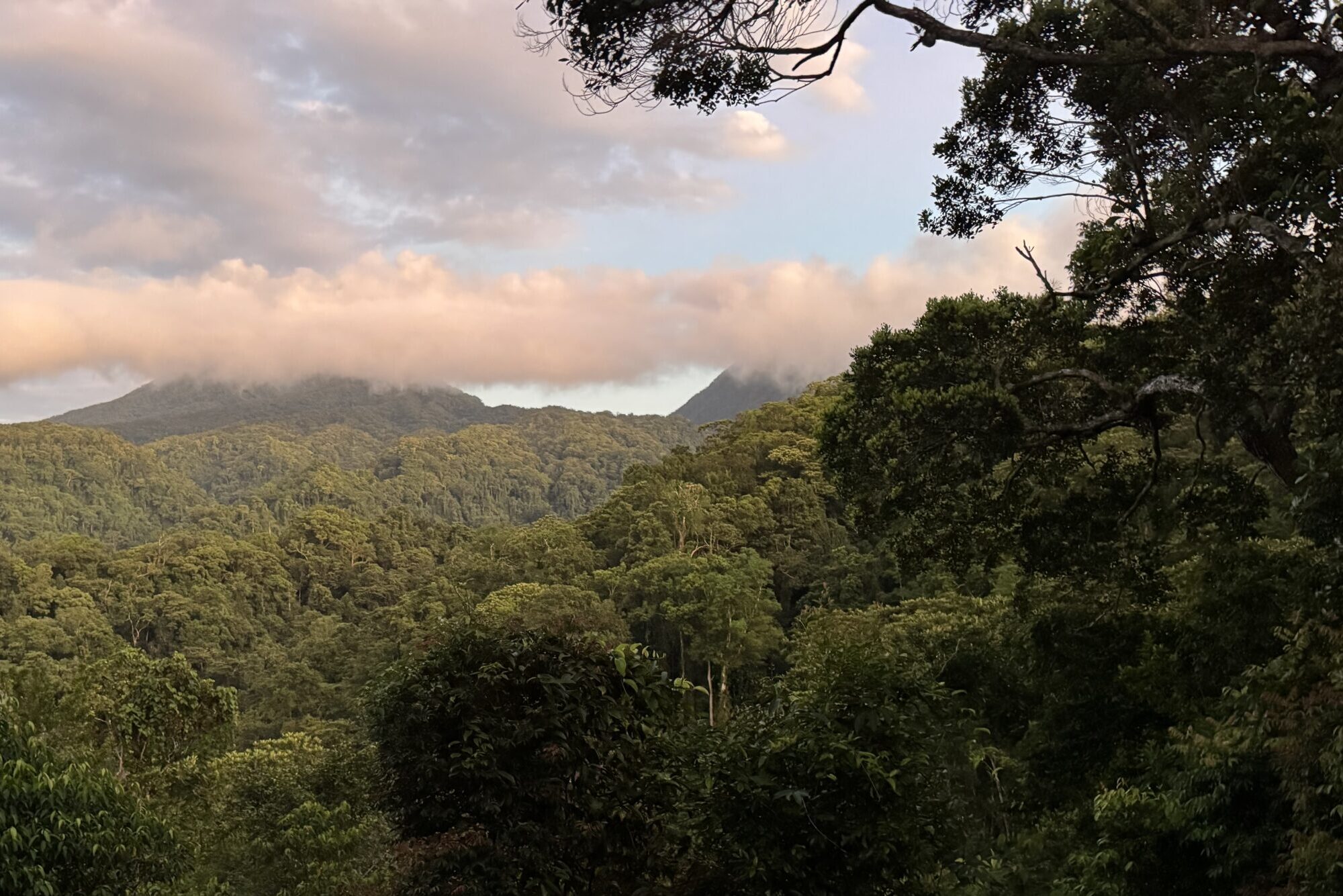by Daniela Chiriac
The impact investing space seems to be in movement in recent months. Motivation for funding sustainable land use interventions is shifting towards a human-centered rationale, either while maintaining the focus on climate and nature positive impacts or even, sometimes dropping those altogether. Recently, Bill Gates, Chair of the Gates Foundation, urged COP30 to “put human welfare at the center of our climate strategies”. One of the largest philanthropies historically funding agricultural development, the Gates Foundation will likely shape its future funding accordingly. Moreover, this year’s World Bank annual meetings placed a strong focus on job creation. Their newly launched AgriConnect campaign calls investors, donors and policy makers to transform small-scale farming into an engine of job creation and a means to ensure food security, without any mention of climate.
More widely, there is a welcomed increased recognition of the essential role played by the stewards of the land. Consensus is building on the need to financially compensate the work of such stewards and to involve them in the design of interventions. The emphasis on fair revenue sharing from nature-based carbon credits as well as meaningful community engagements constitute such examples. In this vein, the Tropical Forests Forever Facility (TFFF), “a once-in-a-generation” USD 125 billion financial mechanism, that was launched few days ago at COP30 by Brazil, aims to compensate countries for the conservation of their tropical forests. The facility guarantees at least 20% of payments will go to Indigenous People and Local Communities, who are also involved in the design of the facility.
In October this year, RSCF co-organised with the UN Environment Programme World Conservation Monitoring Centre (UNEP–WCMC) the 2025 edition of the annual knowledge exchange event on Land Use Finance. During the sessions, we dove into challenges and opportunities related to biodiversity and gender in investments. Placed in the current context, the discussions shone light on three ways in which sustainable land use finance can help generate employment opportunities and leverage local communities’ knowledge.

1. Employ and invest in local entities to de-derisk investments
Local NGOs and enterprises are instrumental to de-risk sustainable investments in land use. When supporting pre-investment due diligence, NGOs provide valuable inputs on the local realities helping investors to understand hidden sources of risks prior to investments and they can also help in devising solutions to mitigate those risks. Moreover, local NGOs acting as implementing partners and businesses that are investees can provide a guarantee of quality by providing a reality check on what works and what doesn’t. As technical assistance providers, local NGOs can help international investors to build investable pipelines.
However, while some international investors perceive local NGOs as better guarantors of neutrality and transparency compared to commercial entities, it is necessary to require from them the same level of accountability as it is asked from local private entities. Increased adoption of safeguarding standards aligned to the IFC Performance Standards is one of the avenues that can be followed to grow capacity and professionalize ESG practices among NGOs.
2. Rely on local capability to build cost-effective MRV systems
Ecosystem complexity and data scarcity are two of the main bottlenecks for biodiversity monitoring and reporting systems in sustainable land use finance.
Reflecting natural ecosystems complexity in investment MRV (monitoring, reporting and verification) systems necessitates a balance between investors’ requirements, scientific expertise and land stewards’ knowledge. Involving local scientists from an early stage can help to build frameworks that capture the wider natural context and establish meaningful impact targets for the sites at hand. Biodiversity MRV needs to capture overall trends at ecosystem level, determine the key species to monitor and build links to historical data and trends. Investees are often in a good position to suggest what makes most sense to measure and to leverage local knowledge, as they understand their core business the best.
Remote sensing technologies are becoming more and more accessible, helping to increase data collection accuracy. However, effective biodiversity measurements require a mix of direct, on the ground data collection and remote data. Working with local consultants who are able to tap into the methodological services and databases of the host countries is also an effective strategy. For example, Peru’s successful Mechanisms for Remuneration for Ecosystem Services (MERESE) are in the process of developing a country-wide biodiversity framework to monitor outcomes in a manner that is consistent with national and global biodiversity targets.
3. Mobilize women and other marginalized groups as economic actors
Incorporating a gender lens approach to investments can help not only create livelihood opportunities for women, but it is also good business, as women represent virtually half of any market. The steps taken vary corresponding to different levels of investor intentionality. As a basis, a ‘do no harm’ approach ensures that investors and their investees do not further exclude or put at risk women or other marginalized groups within their teams or as target customers. More ambitious approaches can seek to have more gender diverse teams, at various levels, or to provide finance to women entrepreneurs.
Strategies to execute on these approaches are also varied. They can include establishing an ownership criterion for the allocation of loans, which ensures that women are part of the financial discussion whenever they are the official landowner. Developing loan products for specific value chains where women are predominantly operating also effectively improves their access to finance. For instance, in some markets in Latin America, non-timber forest products, like honey production are in majority managed by women.
However, the more transformative and the stronger the push on existing cultural barriers, the higher are the risks of undesirable impacts. Working through regional and local teams such as gender focal points in each region or country can help to mitigate such risks. Funds can set up general gender lens investment frameworks and principles, but those should be kept non-prescriptive and allow local focal points to implement them according to the respective local and regional contexts. Another important step is to conduct a gender risk assessment in the design and identification phase of the interventions. Importantly, those should also be carried on by local teams and women, to obtain accurate insights.
These three approaches highlight how, by leveraging local knowledge and entrepreneurial spirit, sustainable land use investors can derisk their investments, implement effective MRV systems and ensure investment success by activating all economic actors in the society all the while creating employment opportunities.
At the Restoration Seed Capital Facility, we strive to work with our partners to enhance both social and environmental impacts of nature investments. Learn how we can support your fund or project development here.





